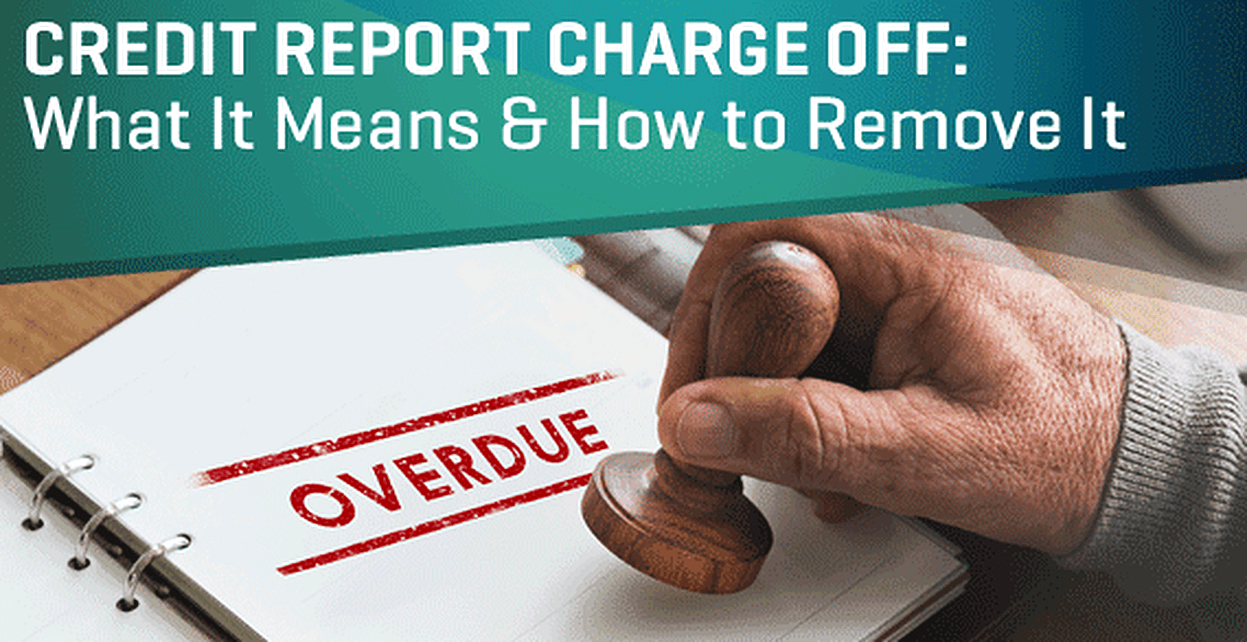
How to Remove Charge-Offs From Your Credit Report and Fix Your Credit
If you're trying to fix your credit, few things hurt more than seeing a charge-off on your credit report. Charge-offs can drop your credit score by 100 points or more and stay on your report for up to seven years. But the good news is—you’re not stuck. With the right strategy, you may be able to remove charge-offs, settle for less, or even use a pay-to-delete agreement to reduce the damage.
In this post, we’ll walk you through exactly how to fix your credit by addressing charge-offs head-on.
What Is a Charge-Off?
A charge-off happens when a creditor gives up on collecting a debt after about 180 days of non-payment. The creditor closes the account and marks it as a loss on their books. But make no mistake—you still owe the money, and the account often gets sold to a debt collector or collection agency.
Why Charge-Offs Damage Your Credit
Charge-offs are considered major derogatory marks. They:
- Stay on your credit report for up to 7 years
- Lower your credit score significantly
- Trigger collection calls or lawsuits
- Make it hard to get loans, credit cards, or even rent an apartment
How to Remove Charge-Offs and Fix Your Credit
Here are the top strategies you can use today to start removing charge-offs and repair your credit:
1. Dispute the Charge-Off With the Credit Bureaus
If the charge-off entry contains any inaccurate information—such as the wrong balance, date, or account number—you can file a dispute.
How to Dispute:
- Get your free credit report at AnnualCreditReport.com
- File a dispute with Experian, Equifax, or TransUnion
- Include supporting documents
If the creditor can't verify the account within 30 days, it must be removed or corrected.
2. Send a Debt Validation Letter
If a debt collector contacts you about a charge-off, your first move should be to request debt validation.
Under the Fair Debt Collection Practices Act (FDCPA), you have the right to request:
- Proof that the debt is yours
- The amount owed
- Evidence the collector is legally allowed to collect the debt
How to Validate a Debt:
- Send a debt validation letter within 30 days of first being contacted
- Ask for all relevant documentation
- If they can’t validate, the account must be removed from your credit report
This is a powerful method to remove charge-offs that were sold or mismanaged during the transfer process.
3. Request a Goodwill Deletion
If you've already paid the charge-off, you can ask the creditor for a goodwill deletion. This means asking them to remove the charge-off as a courtesy.
Tips for Success:
- Write a polite, honest letter
- Explain any personal hardships that caused late payments
- Emphasize your improved payment history
Goodwill deletions are not guaranteed, but they work surprisingly often—especially with smaller lenders or credit unions.
4. Use a Pay to Delete Letter
A pay-for-delete agreement can be one of the most effective ways to remove charge-offs.
Here’s how it works:
- You offer to pay the full amount (or a settlement) in exchange for the creditor or collection agency agreeing in writing to delete the account from your credit report.
How to Do It:
- Contact the creditor or debt collector
- Ask if they’re willing to do a pay to delete
- Get the agreement in writing before paying
Important: Credit bureaus discourage this practice, but some collectors still honor it—especially if they’re motivated to settle quickly.
5. Work With a Reputable Credit Repair Company
If you're not comfortable handling disputes or negotiations yourself, consider hiring a credit repair service. They can:
- Dispute inaccurate charge-offs
- Communicate with collectors
- Help you rebuild your credit profile
Just be careful: Avoid companies that charge large upfront fees or promise to remove “any” negative mark. No one can guarantee deletion unless it’s inaccurate.
6. Wait for the Charge-Off to Age Off (7-Year Rule)
Charge-offs automatically fall off your credit report after 7 years from the date of first delinquency. While waiting:
- Make all future payments on time
- Use secured credit cards to build history
- Keep your credit utilization below 30%
Rebuilding doesn’t happen overnight—but with consistency, your credit will bounce back.
Final Thoughts: You Can Fix Your Credit After a Charge-Off
Don’t let a charge-off define your credit future. Whether you use a dispute, a pay-to-delete strategy, or a debt validation letter, you have options to fix your credit and start fresh.
Stay persistent, be organized, and know your rights.